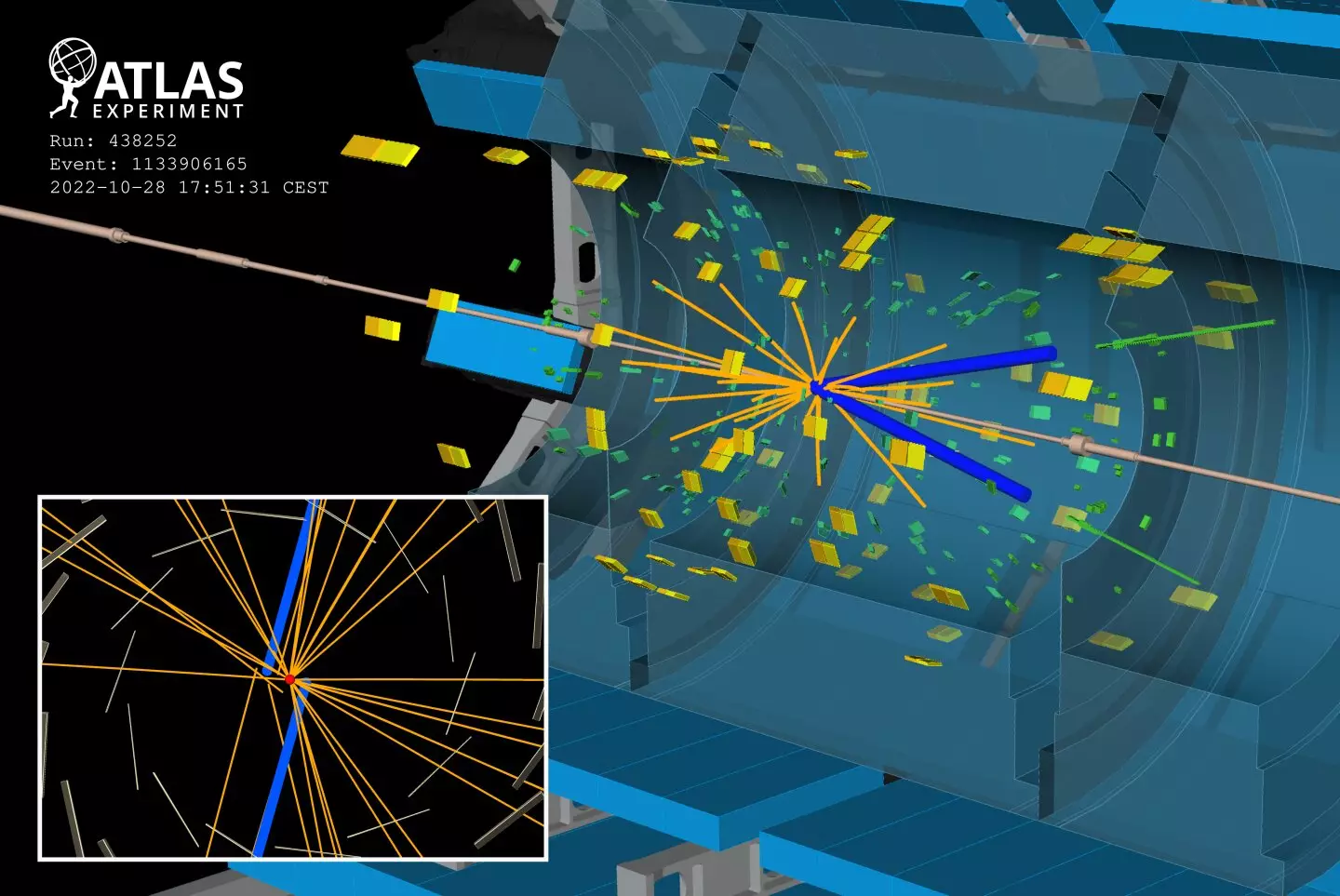The Standard Model of particle physics, while a monumental achievement in science, is undeniably an incomplete framework for understanding the universe. It elegantly describes the fundamental particles and their interactions but leaves profound questions unanswered. Physicists worldwide are collectively on a mission, employing cutting-edge experiments both on Earth and in outer space, to search for phenomena that could point toward a more inclusive theory of physics. At the forefront of this endeavor is the ATLAS collaboration, which recently unveiled its pioneering research at the International Conference on High-Energy Physics (ICHEP) held in Prague. This presentation highlights the exploration of magnetic monopoles and long-lived particles, which may hold the keys to unlocking new realms of physics beyond the Standard Model.
The Enigma of Magnetic Monopoles
Among the intriguing concepts being probed are magnetic monopoles, hypothetical particles theorized to possess a single magnetic pole—a north or a south, but not both, as is the case with conventional magnets. The existence of such monopoles would signify a groundbreaking symmetry between electricity and magnetism and could validate grand unified theories that seek to connect the strong, weak, and electromagnetic forces into a single framework at extremely high energies. The Large Hadron Collider (LHC) is the prime location for these investigations, with the ATLAS team pioneering efforts to detect monopoles formed during high-energy collisions.
In a recent analysis of heavy-ion collision data collected during the LHC’s Run 3 at an unprecedented energy of 5.36 TeV, ATLAS has focused on “ultraperipheral” collisions. Here, lead ions interact through weaker electromagnetic forces, allowing for the generation of some of the universe’s most potent magnetic fields—reaching strengths of up to 10^16 Tesla. In theory, if magnetic monopoles were produced in these interactions, their unique signature would appear as a dense cloud of ionization electrons, a rare anomaly among the otherwise empty detector fields. Unfortunately, despite meticulous searches for these elusive particles, no evidence was found, leading to the world’s most stringent constraints on the production rates of monopoles under 120 GeV.
Long-Lived Particles: A New Frontier
As intriguing as magnetic monopoles are, they aren’t the only exciting target in the ATLAS collaboration’s crosshairs. The search for long-lived particles has emerged as another crucial component of their research agenda. Theoretical frameworks, including supersymmetry, suggest the existence of these particles, which would decay into more familiar particles like electrons, muons, or tau leptons but do so far away from the designated interaction points of the LHC. This displacement creates a distinctive signature in the detectors, opening doors to discovery that past methodologies may have missed.
In their latest search, ATLAS utilized 13.6 TeV data from proton-proton collisions, marking a methodological leap. Enhanced event selection and a new approach to track reconstruction were implemented, specifically geared towards identifying displaced tracks. This approach aims to spot a type of event where a long-lived particle decays far enough along its trajectory that only a single electron—a telltale sign of potential new physics—is captured. The results, despite adhering to Standard Model predictions in terms of event yields, have redoubled the investigation into the existence of supersymmetric partners of leptons. These developments signal a growing confidence in the methodology and an evolving strategy that acknowledges the complex nature of particle discovery.
Future Prospects and the Continuous Journey
The results from the ATLAS collaboration pave the way for future inquiries into the fundamental nature of matter. With more data flowing from the LHC and the anticipated upgrade to the High-Luminosity LHC, physicists are equipped to refine their search strategies further. The quest for magnetic monopoles and long-lived particles underscores the relentless ambition of the scientific community to push the boundaries of understanding.
As research continues, it is critical to maintain an adaptive approach, accommodating new theories and ideas that challenge the status quo. The energy landscape of particle physics is continuously evolving, with each experiment providing essential data to fill the gaps left by the Standard Model. To grasp our universe fully, embracing the unknown and the unexpected will be paramount. The findings from the ATLAS collaboration not only represent specific outcomes in the quest for new particles but also illuminate the larger narrative—a pioneering journey into the heart of the cosmos that beckons both skepticism and wonder alike.


Leave a Reply